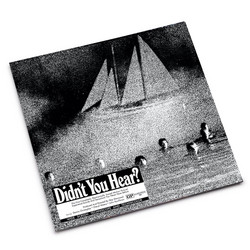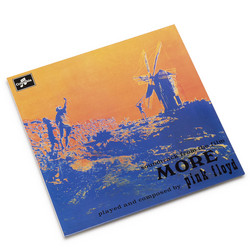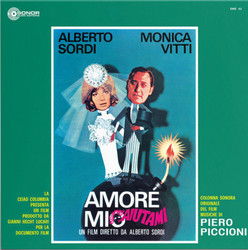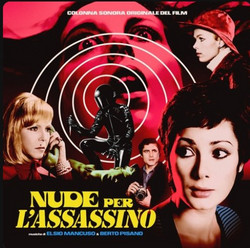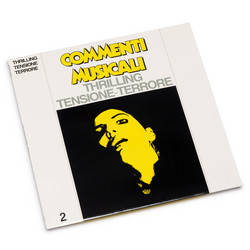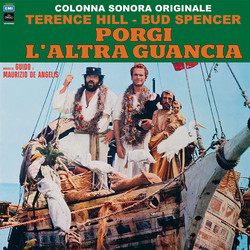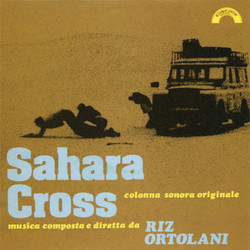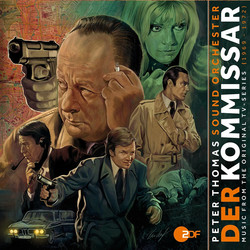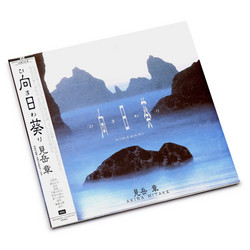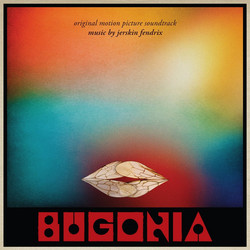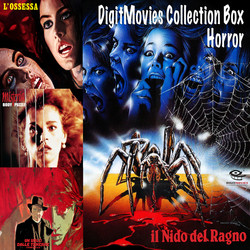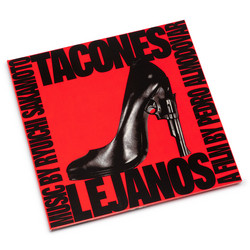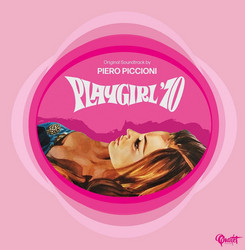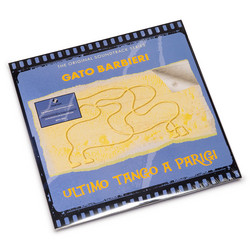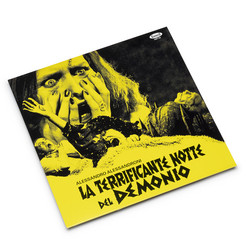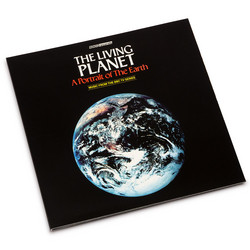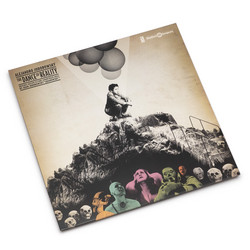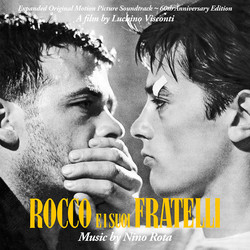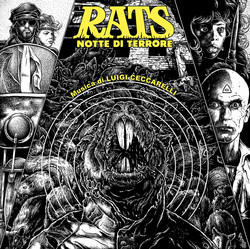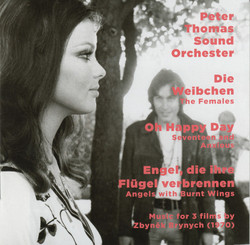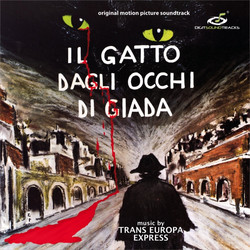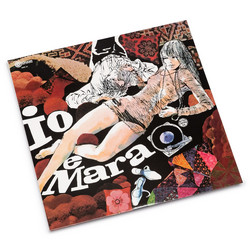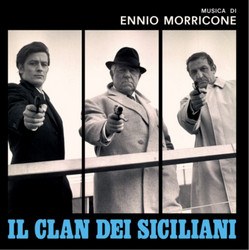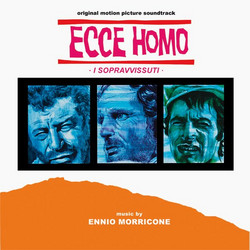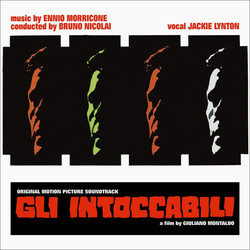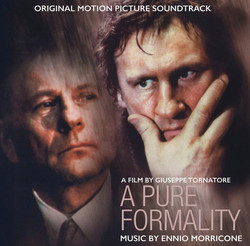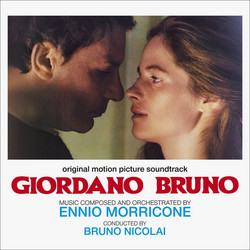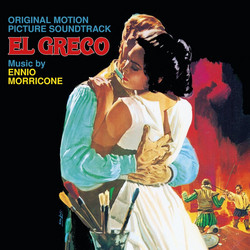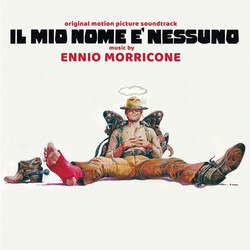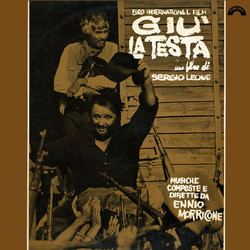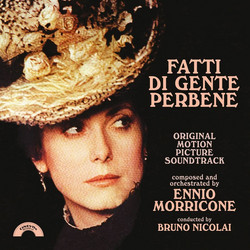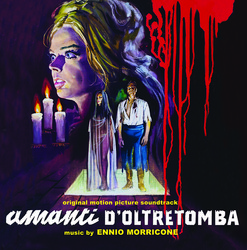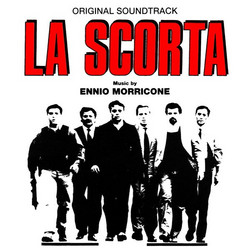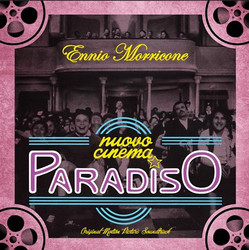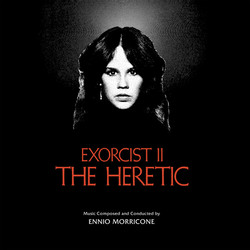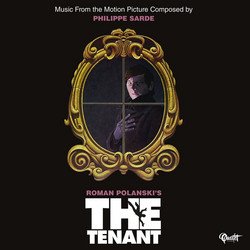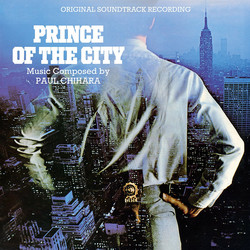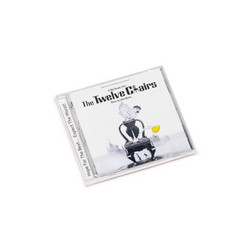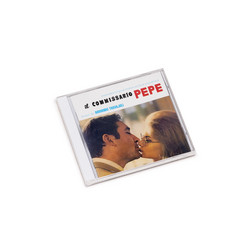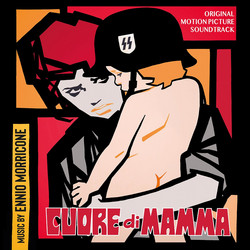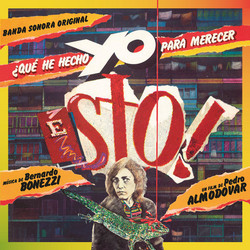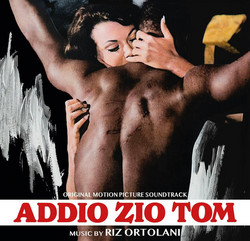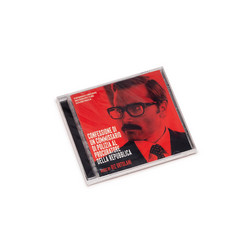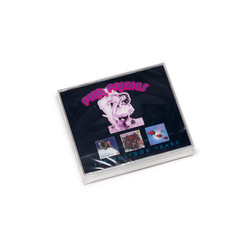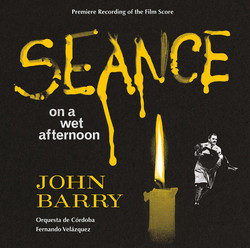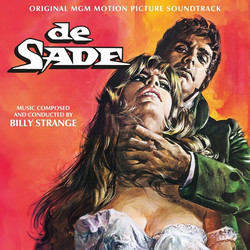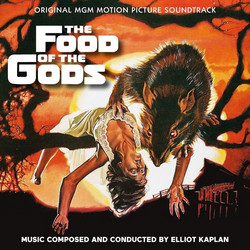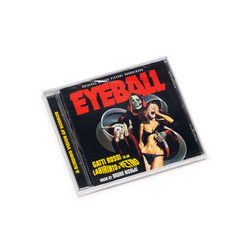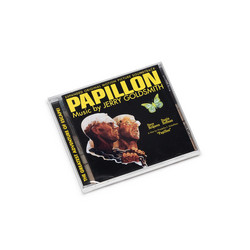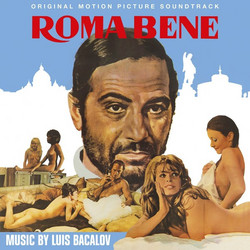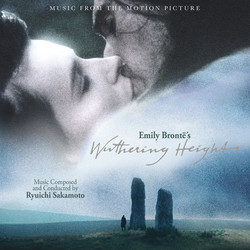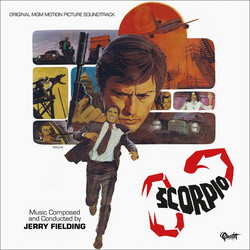Composed in 1972 during one of the most prolific stretches of his career, Bluebeard (Barbablù) finds Ennio Morricone dissecting the gothic myth with both fascination and irony. Edward Dmytryk’s film, set in Weimar Germany, features Richard Burton as the aristocratic Baron von Sepper—a modern incarnation of Bluebeard whose charm masks a monstrous pathology. Morricone’s music responds to this mixture of opulence and rot with a tone that is at once lyrical and grotesque, romantic and sardonic. From the opening cue, the score declares its intention to disrupt expectations. The main theme, a mournful piece for strings and organ, moves between minor adagios and cabaret-like refrains, establishing a cycle of attraction and dread. As the story unfolds—each new wife brought into the Baron’s elegant nightmare—Morricone weaves recurring motifs that shift in texture rather than melody: a waltz becomes funereal, a lullaby fractures into dissonant fragments. The result is a sonic architecture as unstable and multifaceted as Bluebeard himself.
The score exemplifies Morricone’s preoccupation with the psychology of violence, dramatizing not its act but its atmosphere. In cues like Una macabra scoperta or Requiem per la settima, the music blurs ritual and horror through whispering strings, suspended harmonies, and faint echo effects. Even moments of apparent levity—such as the playful Brutta fanfara—carry undercurrents of menace. This coexistence of parody and pathos gives Bluebeard its unsettling charm; it is music that mocks itself while descending into genuine unease. Instrumentally, Morricone constructs a hybrid world where harpsichord flourishes collide with quasi-electronic reverberations, and the purity of classical strings is tainted by grotesque brass accents. His orchestration constantly renegotiates the boundaries of taste, much like Dmytryk’s film toys with the line between eroticism and morbidity. The palette is unmistakably European, echoing the decadent elegance of 1920s salon music while advancing toward avant-garde abstraction.
Long unavailable in its entirety, Bluebeard has since enjoyed several reissues—from the original General Music LP to expanded editions by GDM and Quartet Records. The most recent restoration, mastered by Chris Malone from first-generation stereo tapes, reveals the precision of Morricone’s tonal balance: his way of binding irony to emotion without neutralizing either. Listening to Bluebeard apart from its filmic context underscores the composer’s unique capacity for psychological portraiture. Rather than illustrate horror, he anatomizes its allure—the quiet mechanics of obsession beneath aesthetic polish. This is one of Morricone’s most striking essays in ambiguity: music that dresses cruelty in velvet and confronts beauty with dissonance. Like the Baron’s castle, it is both exquisite and haunted, a structure sustained by the elegance of decay.
